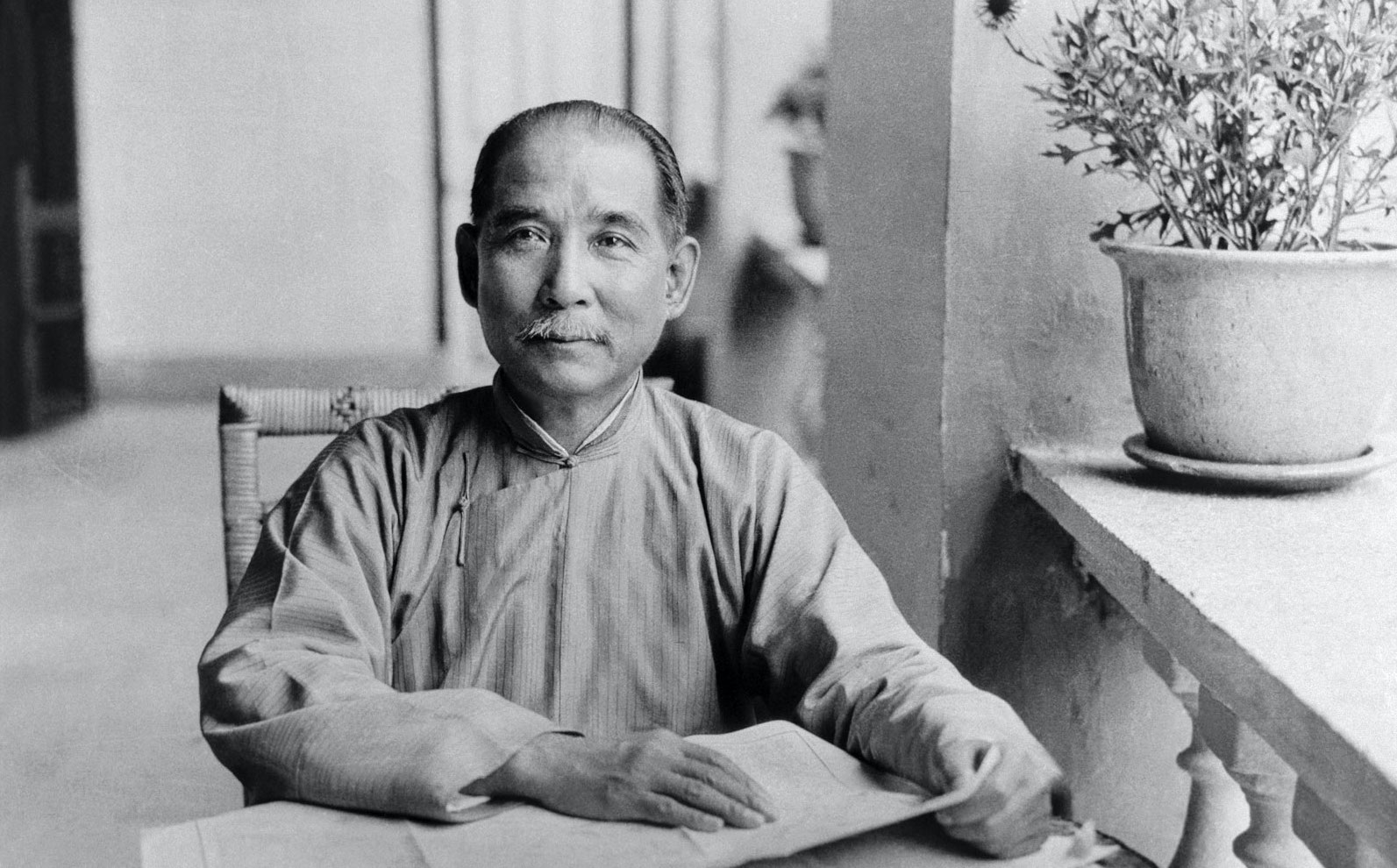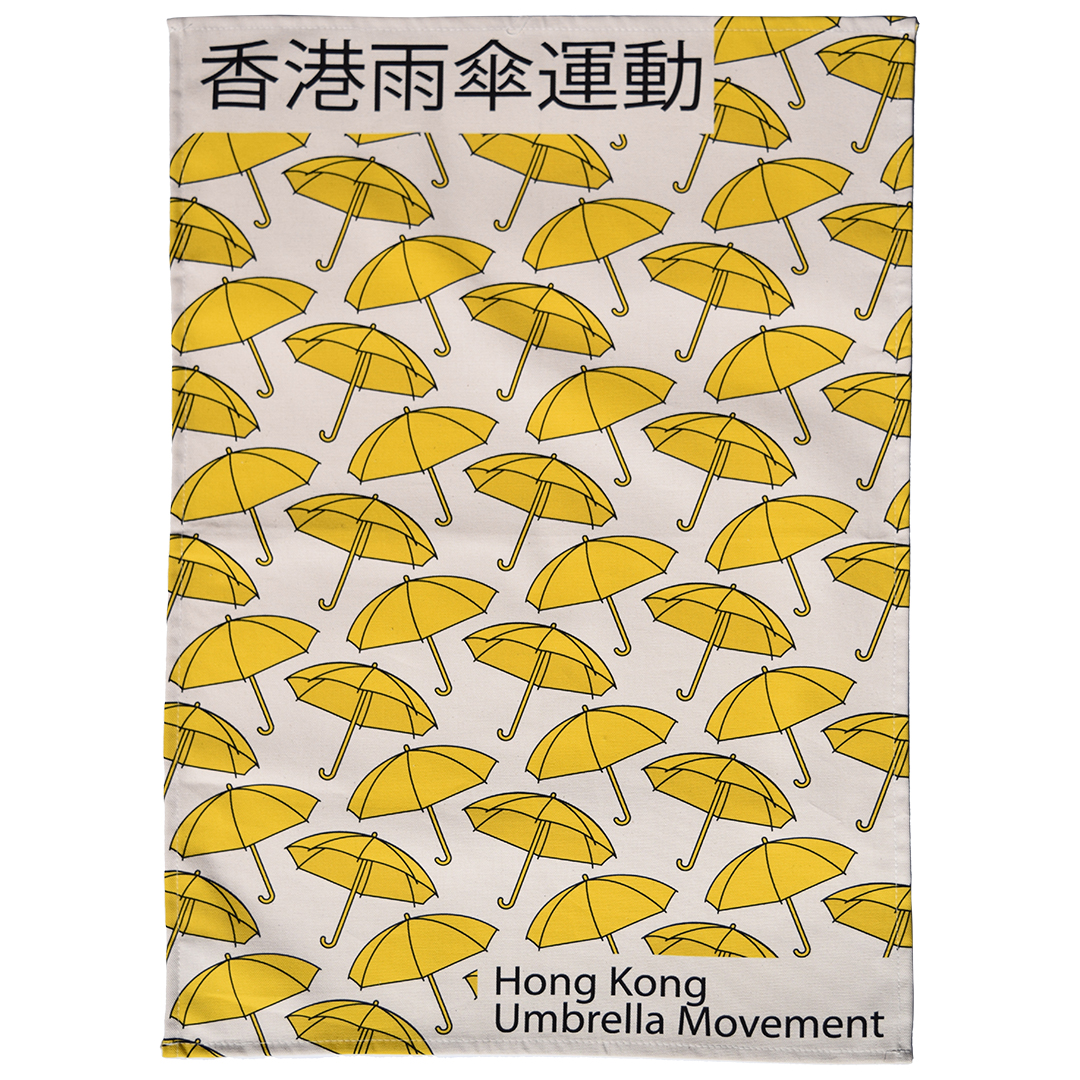We use cookies to make your shopping experience better. By using our website, you're agreeing to the collection of data as described in our Privacy Policy.
Father of the Nation: Sun Yat-sen and the Chinese Republican Revolution

The story of how Sun Yat-sen became the first President of the Republic of China
"For forty years, I have devoted myself to the cause of the people’s revolution with but one aim in view – the elevation of China to a position of freedom and equality among the nations."
Before the Chinese Communist Revolution of 1949, there was the Chinese Republican Revolution of 1911, and Sun Yat-sen was one of its main characters.
Born into a family of poor farmers on this day in 1866, Sun became the driving force in the overthrow of the Qing Empire of China.
That’s how he came to be known in China as the ‘Father of the Nation’.
Sun Yat-sen lived for three years in Hong Kong, which has recently been rocked by pro-democracy and anti-authoritarian protests.
Click to view our Umbrella Movement tea towel
For the most part, Sun Yat-sen got his education outside his home province of Guangdong, among the Chinese diaspora communities in Hawaii and Hong Kong.
Sun admired the technologies, social organisation, and political ideals he encountered on his travels around the wider Pacific.
And the flipside of this admiration was scorn for what he saw as the Qing’s backward rule of China. The Qing – latest in a 2,000 year-old series of imperial dynasties – didn’t have a great 19th century.
Rebellions, military defeats and foreign influence had completely undermined the dynasty’s authority in China.

"Portrait of Sun Yat-sen" (1921) by Li Tiefu.
By the turn of the 20th century, China was dominated by the whole gang of Western(ised) empires – Britain, Japan, the US, France, Germany, Russia.
Sun argued:
"We are the poorest and weakest state in the world, occupying the lowest position in international affairs; the rest of mankind is the carving knife and the serving dish, while we are the fish and the meat."
Defeat by Japan in 1895 was the last straw. Everyone in China now recognised the need for drastic reform.
But Sun Yat-sen insisted on revolution.
Drawing on a mixture of Marxist socialism, revolutionary Christianity, and other radical influences, he envisaged the overthrow of the Qing Empire in China by a popular republic.
"We shall establish a united Chinese Republic in order that all the peoples – Manchus, Mongols, Tibetans, Tartars, and Chinese – should constitute a single powerful nation."
For two decades during the 1890s and 1900s, Sun agitated for revolution inside and outside China.
He criss-crossed the Chinese diaspora and the wider world, fundraising and organising in London, the US, Canada, Japan, Siam, and elsewhere.
During this time, Sun was involved in countless uprisings against the Qing. All of them failed.
And then came 1911.
Yat-sen credited Lincoln as one of his inspirations - especially the idea of 'government of the people, by the people, for the people.'
Click to view our Abraham Lincoln tea towel
In October, a rebel called Huang Xing launched a military rising against the Qing in Wuchang. This soon spiralled into the ‘Xinhai Revolution’ against the (soon to be last) Emperor, Puyi – who was only 5 years old at the time.
Sun was in the US by the time things got underway. Never one to miss out on the fun, he immediately headed home as soon as he heard the news.
Sun’s notability and popularity among Chinese rebels cannot be underestimated. His previous uprisings may have failed, but he had kept the dream of revolution alive.
And when it looked like this revolution might actually succeed, everyone looked to him for guidance.
He landed in Shanghai in December 1911, and was soon elected President of a provisional republican government.
But the trouble was only just beginning. The military officials and warlords who had helped to bring about the 1911 revolution had very little interest in Sun’s ideals.
Sun’s government made a Faustian pact with one of these warlords, Yuan Shikai. If Yuan could force the Qing to abdicate, Sun would step aside and Yuan could become President of the new Republic of China.
Emperor Puyi did step down in February 1912, but Yuan Shikai had no interest in a popular republic.
Soon enough, Sun was leading the ‘Second Revolution’ against Yuan – who, to no one’s surprise, had proclaimed himself Emperor in 1915.
China then endured several years of multi-directional conflict between a mess of different warlords and statelets.
Sun tried to navigate the chaos toward his ideal of a republican and unified China, but the struggle was still ongoing by the time he died in January 1925.
As a champion of independence and popular sovereignty in a world dominated by the West, Sun Yat-sen remains a revered figure in Chinese radical history, who was admired in his day by revolutionaries across the world.
Key dates in Sun Yat-sen's Life:
- 12 November 1866: Sun Yat-sen born in Cuiheng, Guangdong Province
- 1892: Sun qualifies as a medical doctor in British-ruled Hong Kong
- October 1895: Sun participates in his first major attempt at revolution against the Qing
- October 1911: The Chinese Revolution begins
- December 1911: Sun returns to China and is elected President of a Provisional Government
- February 1912: The last Qing Emperor abdicates and, as agreed in advance, the warlord Yuan Shikai replaces Sun as President
- March 1913: After Yuan has an ally of Sun assassinated, Sun leads the ‘Second Revolution’ against him
- 1916: ‘Emperor’ Yuan is defeated, but China is left divided between competing warlords, with Sun’s vision of a united Republic of China just one among many
- February 1923: Sun installs himself as de facto generalissimo of a would-be Chinese state based in Guangzhou
- 26 January 1925: Death of Sun Yat-sen





